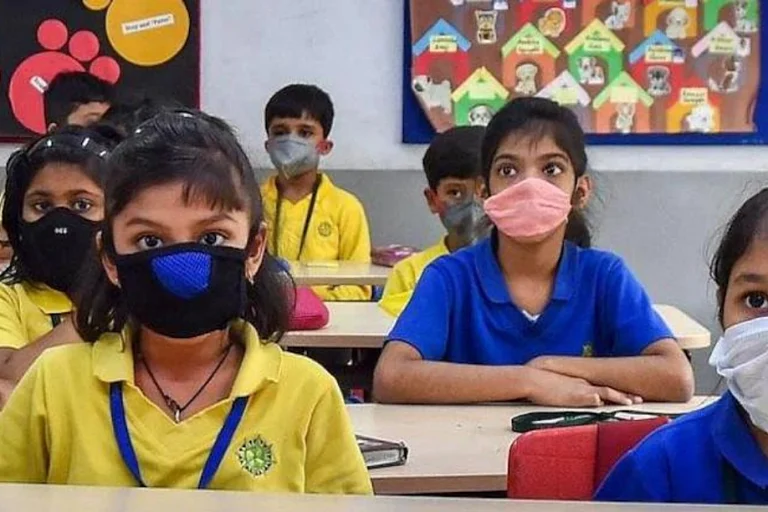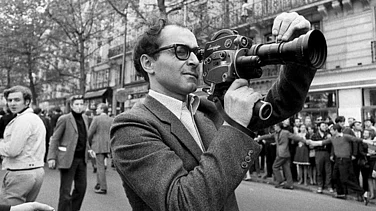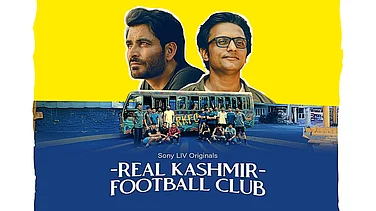Five years ago, a marketing experiment saw petrified white men and women in Jurassic Park scream 'Dinasaar!... bhaago, bhaago'. The throwback to the Cretaceous age held nation-wide audiences in thrall as the dubbed version of the blockbuster netted Rs 8 crore.That very year, Bollywood productions like Anjaam, starring Shah Rukh Khan and Madhuri Dixit, made just about Rs 5 crore; Andaz, starring Anil Kapoor and Juhi Chawla, made Rs 6.25 crore while Chand Ka Tukda, starring Sridevi and Salman Khan, could manage only Rs 9.4 crore.
Shocked? Well, there's more to it. Even the Rs 8-crore estimate for the Hindi version of Jurassic Park, according to Komal Nahata of the Film Information Bureau, is "very conservative". He believes it grossed much more than what the balance-sheet reveals. And its success triggered a chain reaction: many Hollywood blockbusters have since been successfully-and at times disastrously-dubbed. The latest being The Mummy in Hindi which has made Rs 2.15 crore in 10 days and is projected to do business worth Rs 7.5 crore.
These figures are mere crumbs by Bollywood standards where what's called a 'super-duper' hit is monstrous enough to hold its own. But the point is that these thrillers, which have been dubbed not only in Hindi but also in Tamil, Telugu and Malayalam, are stealing a marketshare except in Kerala where it can be proved empirically that protagonists without mustaches do not succeed! The genre of 'reptile-movies' like Lost World, Godzilla and Anaconda have, for some strange reason, done exceedingly well in the Hindi belt. The Hindi version of Lost World made Rs 7.75 crore, and Anaconda made Rs 6 crore all over the country in '97. That year Himalayputra, starring Akshaye Khanna, made Rs 6.5 crore. Amitabh Bachchan's big banner Mrityudaata made just Rs 13.5 crore. Next year, Godzilla shook the market grossing Rs 11 crore. The same year, Kareeb, starring Bobby Deol and Neha, and Kabhi Na Kabhi, starring Anil Kapoor and Juhi, made Rs 5 crore each.
The economics in a Mithun film is something management guru Peter Drucker will never understand, but the truth is that it seldom loses money. It makes anywhere between Rs 5 crore and Rs 8.5 crore, the high side of which is what a successful Hollywood Hindi remake nets.
All this gives what is called perspective to Bollywood, though it's early days for it to be scared. It cannot be proved that Hollywood films dubbed in Hindi are taking away prospective audiences in the rural areas. What is strongly suspected though is that between seeing a Hindi film for a second time and feeling the monstrosity of a reptile whose victims speak Hindi, the small-towners and the villagers are increasingly choosing the latter. Adds Uday Singh, managing-director of Columbia Tristar, India: "Along with cable television, these dubbed films, I think, have effectively wiped out the re-run market of Hindi films. A dubbed film is now a strong option not just for a film-goer but also for the theatre owner."
Predictably, a bunch of film trade bodies had sought a ban on the dubbed versions a few months ago. The government had prevented dubbing and release of imported films between '84 and '91, but had reversed the order since '92. The ban was called on the grounds that these films were 'corrupting' the minds of the public-which presumably is only used to seeing breasts beneath the soaked blouse. But beneath the moralising, there were some genuine grouses. Distributors of Hindi films had a distinct disadvantage. An English film dubbed in Hindi can show more flesh and violence than a Hindi film which, needless to say, is an essential selling point. This is because of the existing law. Technically, a film can be censored only once. There is no provision to censor it further when it is being released in another language. Hamstrung legally, the Indian Motion Picture Distributors' Association and others had to call it off.
Paresh Manjrekar of 20th Century Fox explains: "In a small town if a flop Hindi film is running in one theatre and a dubbed film is running just across the road, it's possible that some people are going to opt for the Hollywood film. We can't be blamed if people don't want to see a bad Hindi film."
Surinder Singh, chief of Paramount Pictures, India, points out: "It's a bit too ambitious to pit our films against the big-banner Hindi movies, but we are certainly as good or as bad as the second-rung of Hindi films. Also, when Bollywood is having a lean period, we fill in very usefully for the audience and the theatre owner."
Interestingly, after the traumatic period that Bollywood went through just before Kuch Kuch Hota Hai sorted things out, the number of Hindi films has gone down. Shyam Shroff, partner in Shringar Films, says: "There is a definite shortage of Bollywood films now. People are not churning out films as they used to. In this context, dubbed films are faring very well. I expect these films to have a sizeable market in the near future."
Slowly, to an average Hindi film-goer, some Hollywood faces are becoming recognisable, if not popular. Pierce Brosnan may not be in a situation to win an election here but he will be certainly identified even by those who do not ideally come under A+. Schwarzenegger and Stallone were always heroes in many generations of barber shops. But now, Warner Bros is trying to make even Steven Seagal or Keanu Reeves recognisable.
So far, only Hollywood action films have done reasonably well in their dubbed avatars. But there is an interesting shift now. Matrix, which confounded many English film-buffs who had all been to good schools with its abstraction and profound explanations of this abstraction, was dubbed as Shaktiman. And the dubbed version has done well at the box office, surprising Warner Bros executives themselves.
Daniel Dias, operations manager, has not got over it. "Can you imagine those things about space and time and the villain being a software programme, all being explained in Hindi? I think the dubbed film-goers are slowly reaching some kind of maturity." Or maybe, it's the other way round. He explains that once "cerebral" films and romances make the rounds, the market for dubbed films will grow further.
Uday Singh of Columbia Tristar points out: "We are doing everything we can to make dubbed films grow. These films take us to markets we can never penetrate with the English versions. The size of our market has almost doubled and that's crucial. Some of the dubbed versions, like Godzilla, did more business than the English versions."
And statistics justify his optimism. Godzilla in English made Rs 10 crore while the Hindi version made a crore more. Lost World made a crore more in Hindi than in English. The Mummy in English may make Rs 4 crore while the Hindi version could fetch Rs 3.5 crore more. The Hindi versions of Armageddon and Men in Black accounted for 60 per cent of the total business in the country.
This trend is expected to continue. The studios have nothing to lose. Their investment in regional markets is paltry. What counts is understanding what people want. Surinder Singh of Paramount teaches one an important lesson in his cabin. He shows the posters of The Mummy in English and Hindi. They're different. The Hindi poster has bigger menacing faces. The horror has taken center-stage. "They will love it," he said before the film was released.
And he was right. The jingling cash register has proved 'they' loved it more that the 'English' folks did.






















